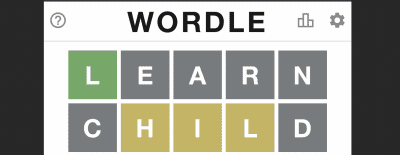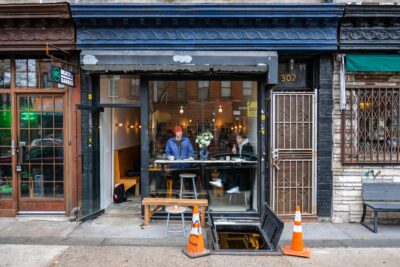Seen zines: On display at Brooklyn Museum starting November 17 (Photo by Paula Abreu Pita)
Zines go mainstream at Brooklyn Museum
The 'Copy Machine Manifestos: Artists Who Make Zines' exhibition charts 50 years of North American zine scenes
Deeply entwined with underground art and activist movements, and proudly inhabiting a space outside of the mainstream, zines are the resolutely weird and scruffy cousin to glossy magazines and literary journals.
Given zines have historically been made and distributed fast and cheap without institutional support — and, for decades before the internet, were inherently ephemeral — any attempt at providing a historical survey of the last 50 years of zine making in North America would likely be an overwhelming, if not impossible, task.
But that’s precisely what “Copy Machine Manifestos: Artists Who Make Zines,” on view at the Brooklyn Museum from Friday November 17, has pulled off.
The exhibition’s curators — Branden W. Joseph, Frank Gallipoli Professor of Modern and Contemporary Art at Columbia University, and Drew Sawyer, Sondra Gilman Curator of Photography at the Whitney Museum — were initially inspired to stage “Copy Machine Manifestos” after prolific zine collectors Philip Aarons and Shelley Fox Aarons offered to open up their private collection of thousands of zines. The exhibition includes roughly 800 publications, a quarter of which are borrowed from the Aarons’ collection, with the rest gathered through extensive, open-ended research, including studio visits throughout Toronto, Mexico City, Guadalajara, Vancouver, San Francisco, Chicago, Los Angeles and New York.
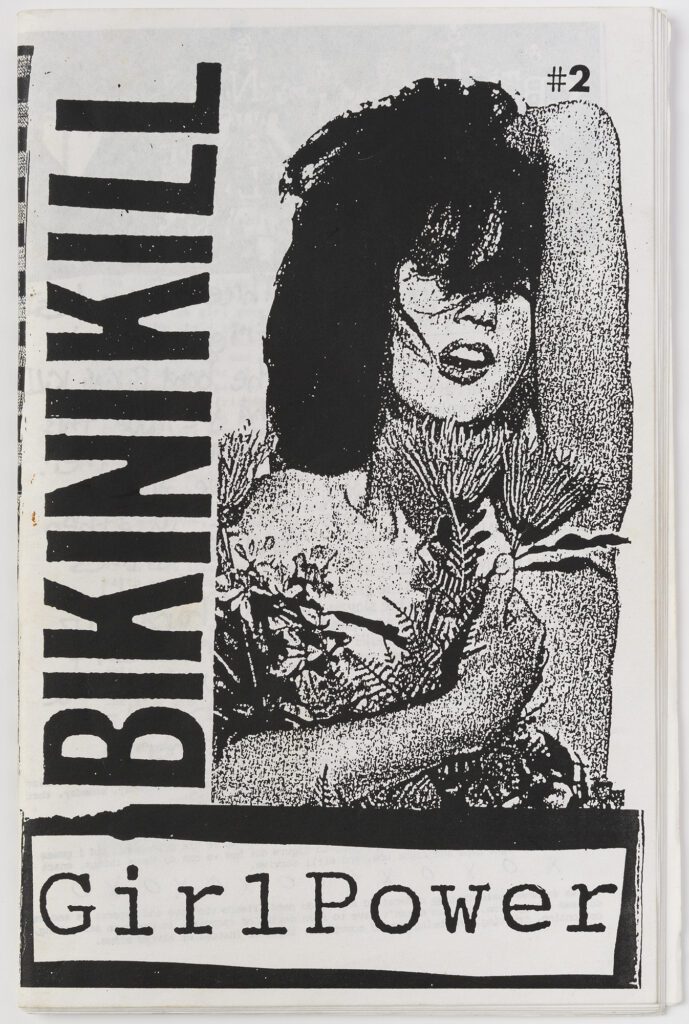
‘Bikini Kill, no. 2, 1991.’ Kathleen Hanna with Billy Karren, Tobi Vail, Kathi Wilcox.
“We met with a lot of artists and visited many libraries and archives,” says Sawyer. “From going through [artist, writer, filmmaker] Bruce LaBruce’s storage unit and taking out boxes that he probably hadn’t looked through in decades … to regular visits to the Chicago History Museum, Harvard Libraries and the Fales Library at NYU, which has a Riot Grrrl collection with the archives of people like [musician] Kathleen Hanna and [writer, musician] Johanna Fateman.”
The result is a sprawling, multiroom exhibition organized into distinct but overlapping “zine scene” eras from the late 1960s to the present. Here you’ll find zines on art and social movements such as Bay Area Dadaism, skateboarding, punk, AIDS activism, queercore and Riot Grrrl feminism. The zines themselves are showcased alongside related film and video work, painting, photography and documentation of performance pieces.
While some visitors will recognize names such as Mike Kelley, Harmony Korine, Miranda July and Brontez Purnell, it’s less likely they’ll be familiar with the featured zines and artworks or even aware that some of the artists engaged with zine culture at all.
“Often, the artworks that relate to the zines are the most eccentric part of an artist’s practice,” says Joseph. “Even for many of the artists that people know, they may see a different side of their practice.”
In keeping with the countercultural spirit of zines, much of the work on display is simultaneously playful, provocative and political. A handwritten and collaged timeline from 1990 by the artist Vaginal Davis charts the birth of Los Angeles’ early punk bands via queer and POC communities, and includes helpful photo annotations such as, “sexy bisexual John Doe of X: in his prime no one was hotter or had a tighter butt.”
Rejecting respectability politics, the cover of an issue of “Infected Faggot” zine features hands clinking wine glasses full of capsules of the HIV drug AZT and proclaims a dedication to “keeping the realities of faggots living with AIDs and HIV IN YOUR FACE until the plague is over!”
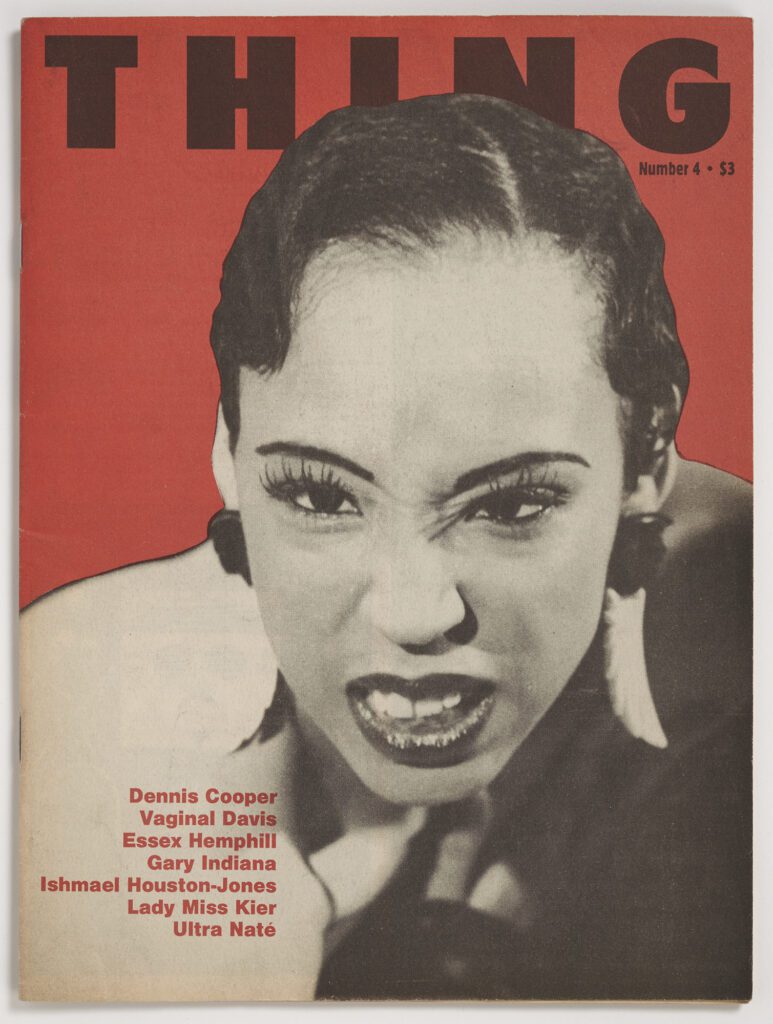

‘Thing, no. 4,’ Spring 1991. Robert Ford
In a video interview with “Thing” zine founder Robert Ford from the 1991 SPEW festival — the first queer zine convention in North America — Ford quotes another zine publisher, Steve Lafreniere, declaring that “everyone should have a zine before they die.” Shockingly, Lafreniere was stabbed by a homophobic passerby at the event, reinforcing the need for safe, queer spaces like the zine fair.
Much of the work here remains pertinent today, including Carolee Schneemann’s “The Lebanon Series,” which uses the violent tropes of punk music to provide a feminist critique of the devastation of the 1982 Lebanon war, in which Israel invaded southern Lebanon, and Jordan Nassar’s canvases, which depict Palestinian landscapes through traditional tatreez cross-stitching techniques.
Speaking to the continued relevance of zines to culture today, Joseph and Sawyer emphasize their capacity to bypass the censorship of corporations and social media, as well as the inherent accessibility of the format.
“Part of what really makes people so excited when there is a zine or art book fair is that they’re like, ‘I can get this. This is for me.’ Whereas if you go to the Armory, you can see a lot of art, but it’s for certain people and maybe not for others,” enthuses Joseph.
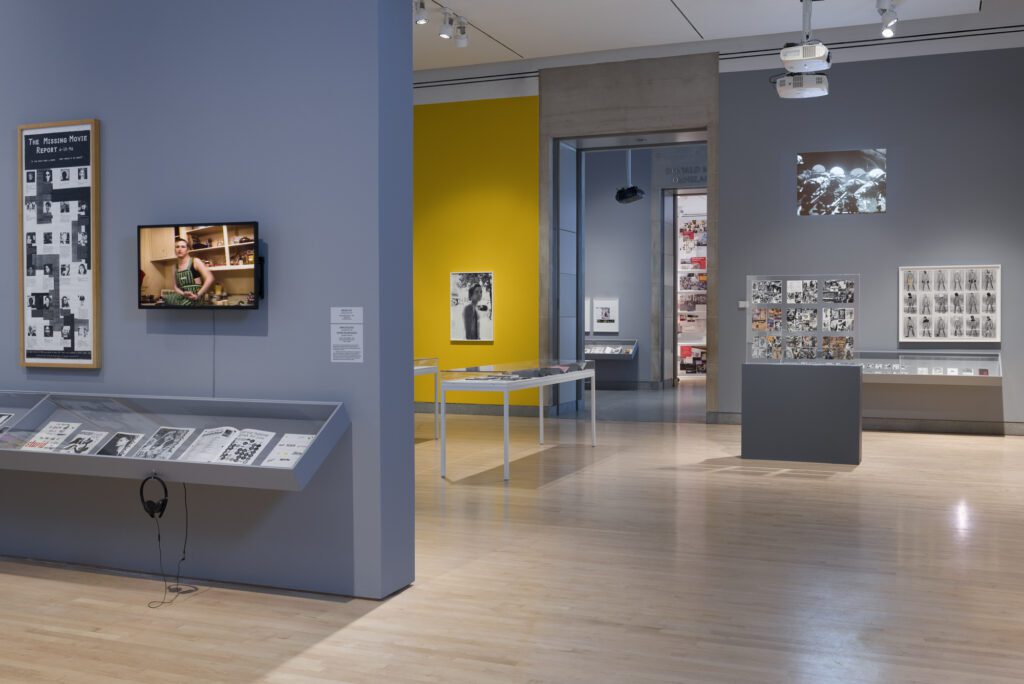

Installation photo by Paula Abreu Pita
A free zine fair
Those eager to use their pocket change to buy into the art market should head to Brooklyn Museum this Sunday, November 19, where Printed Matter will host a free zine fair to mark the opening weekend of “Copy Machine Manifestos.”
“The fairs always have the most wonderful energy that reminds us all why we independently publish zines and art books, despite the challenges,” says Milah Libin, the founder and editor in chief of Dizzy Books, who makes zines that showcase and appeal to artists of all ages and will be participating on Sunday.
The event will feature over 60 exhibitors, including community collectives Interference Archive and 8Ball Community, small print presses GenderFail and Dizzy Books, and underground magazines such as gay revolutionary publication “My Comrade,” which is also featured in the exhibition.
“I made “My Comrade” because I sincerely wanted to make a cool magazine and speak to like-minded people,” says drag performer and editor Linda Simpson, who will be selling a specially made “best of” issue of the zine, as well as merch, at the fair. “It’s exciting to see that being recognized and appreciated by a big museum.”
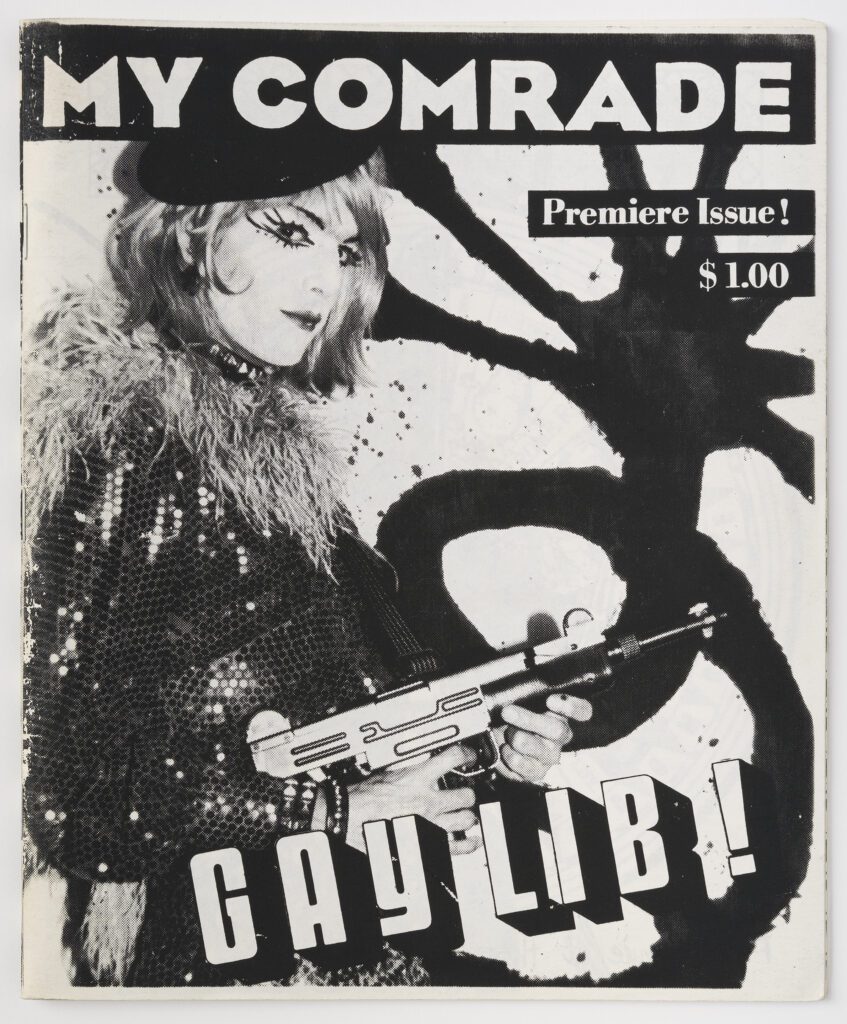

‘My Comrade, no. 1,’ 1987. Linda Simpson
“Copy Machine Manifestos: Artists Who Make Zines” opens at Brooklyn Museum on Friday, November 17, and will be on display through March 31, 2024. 200 Eastern Pkwy. General admission ranges from $14 to $20 for adults, children 19 and under get in free.
You might also like 



















